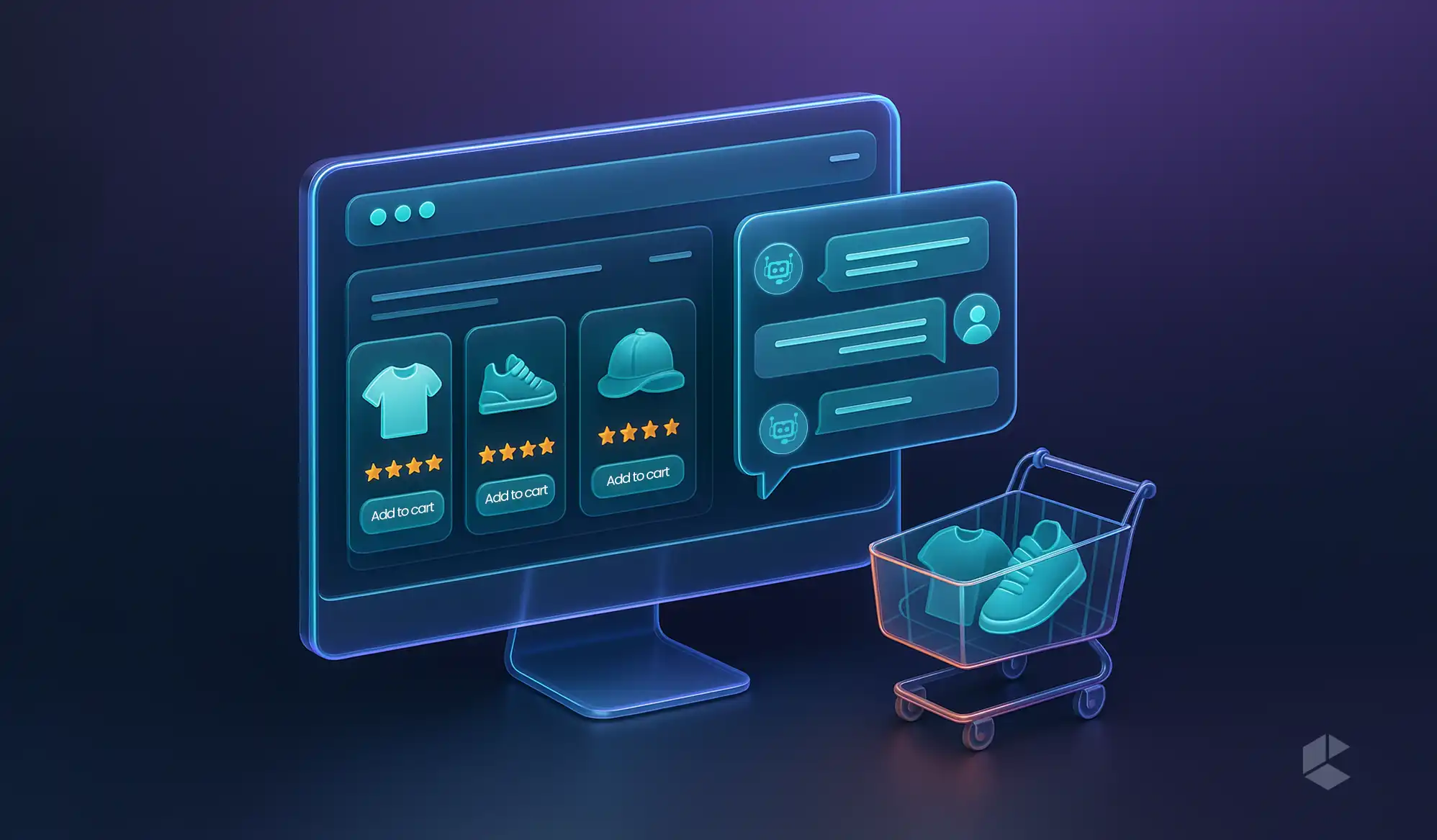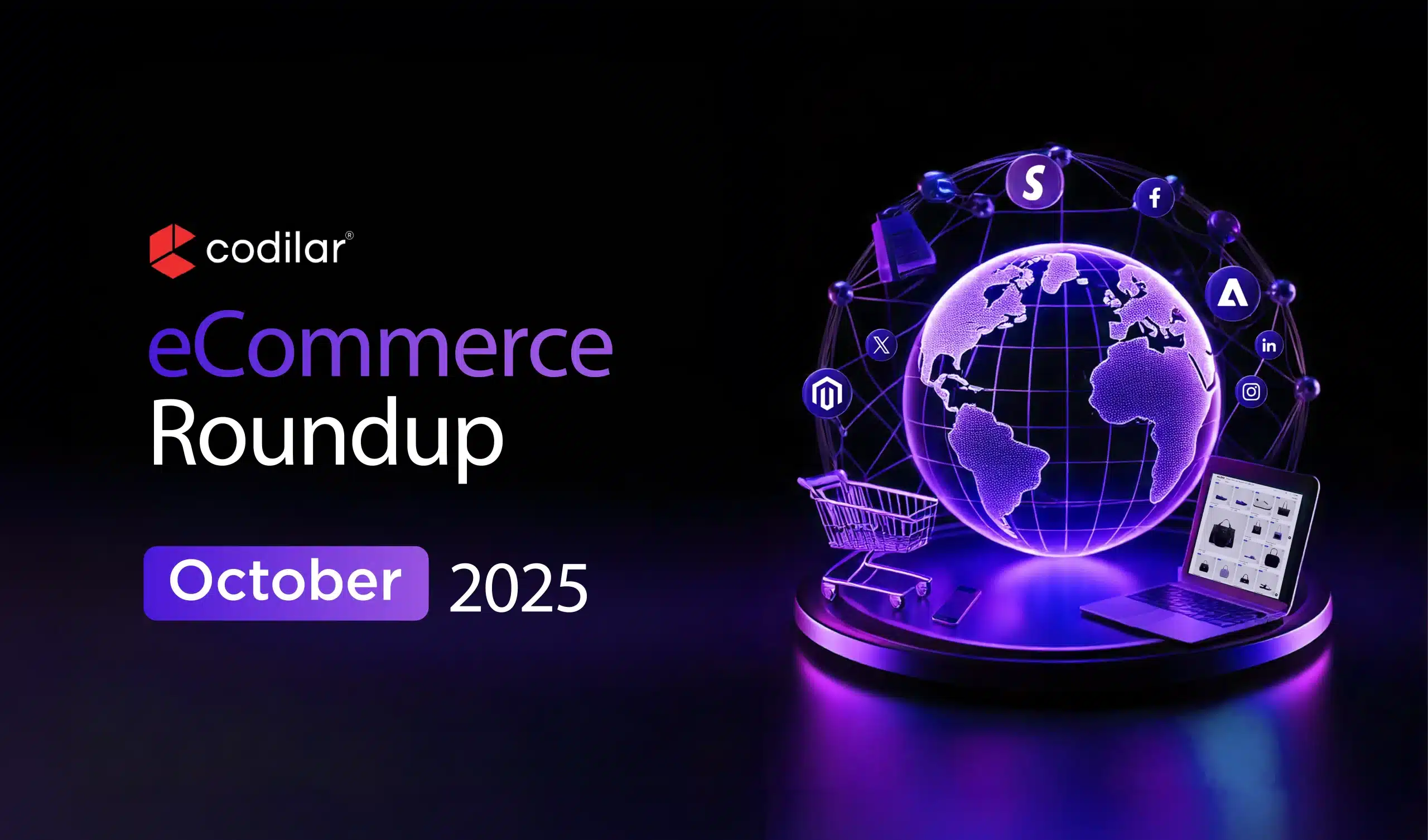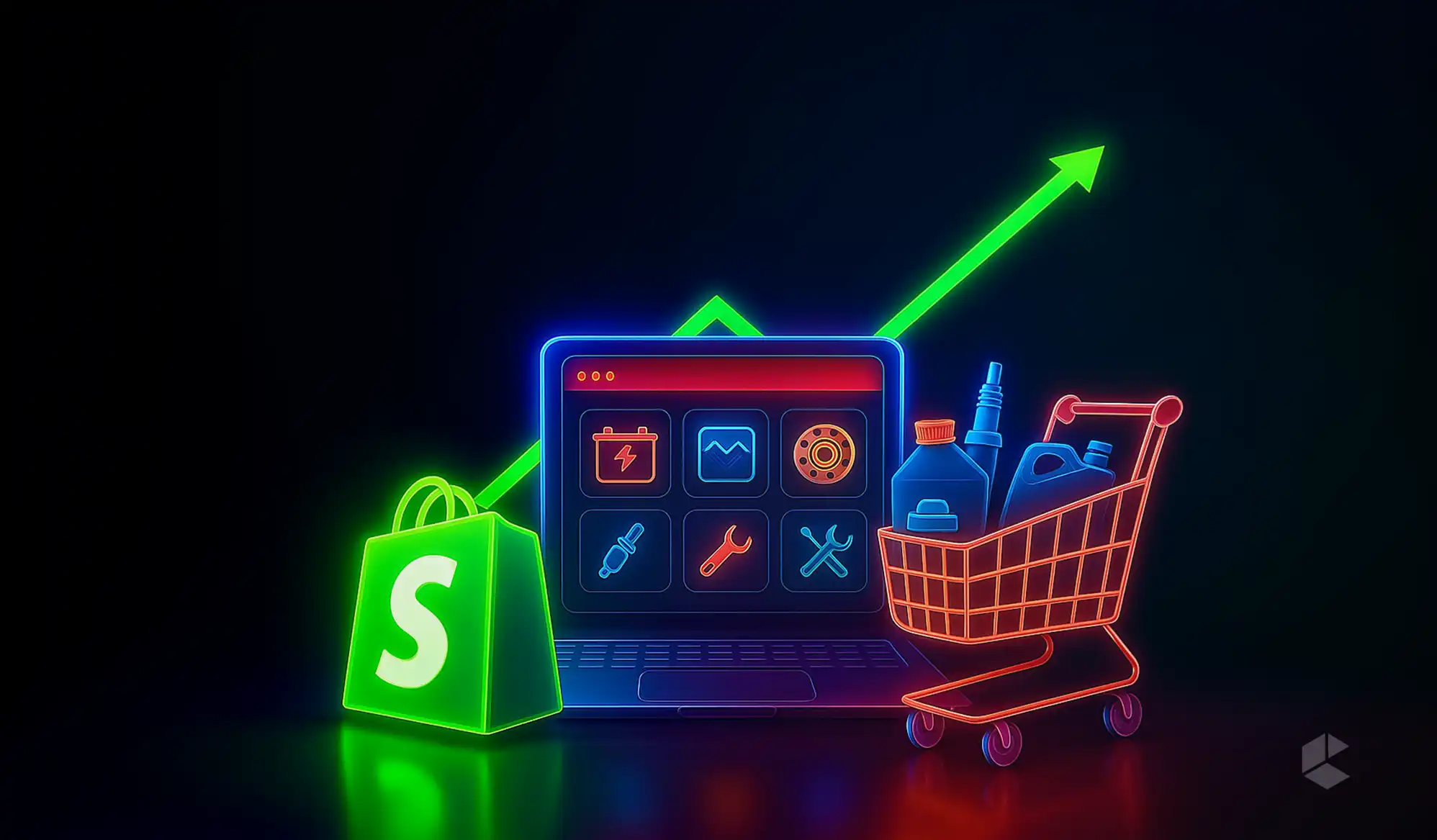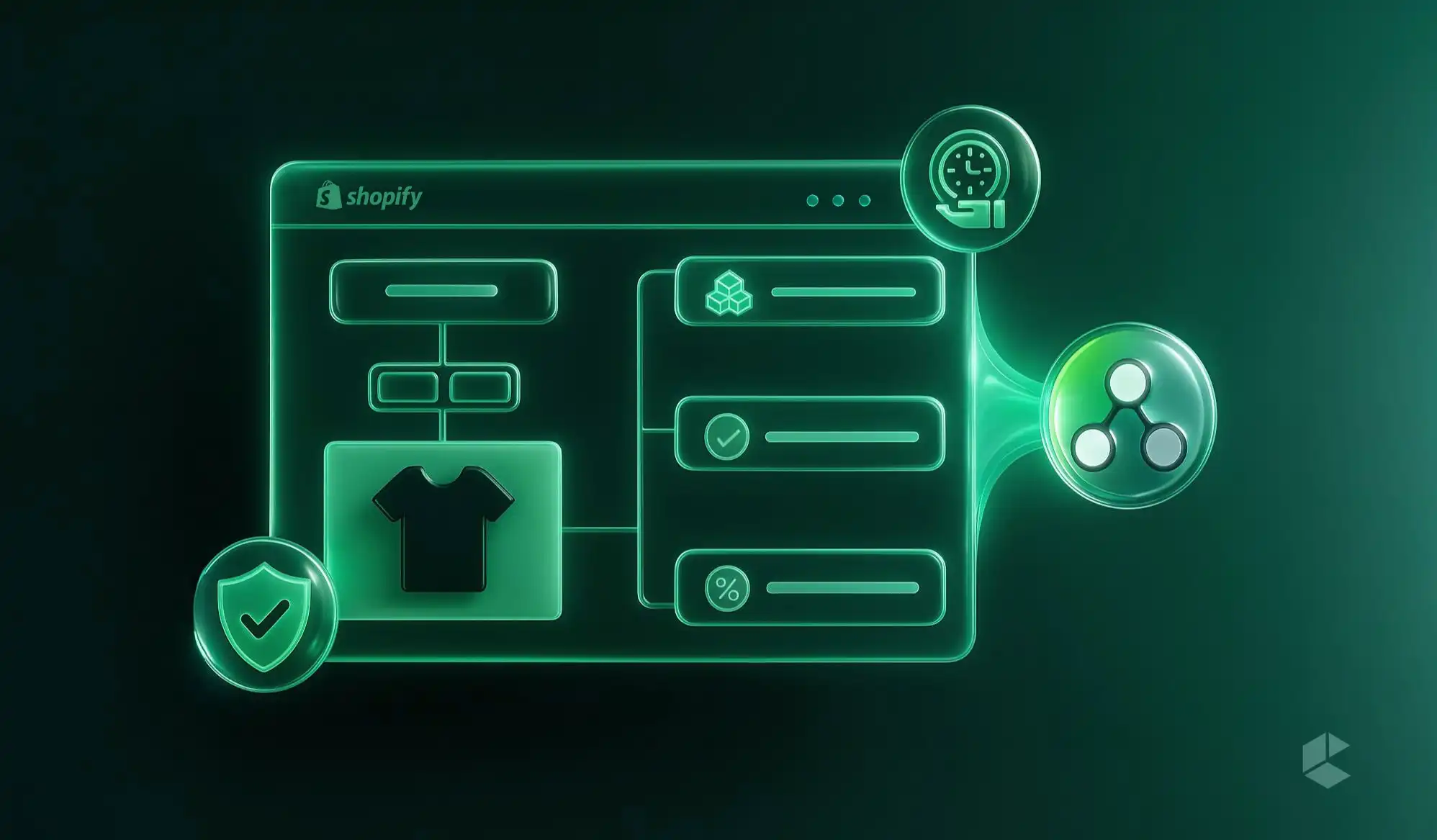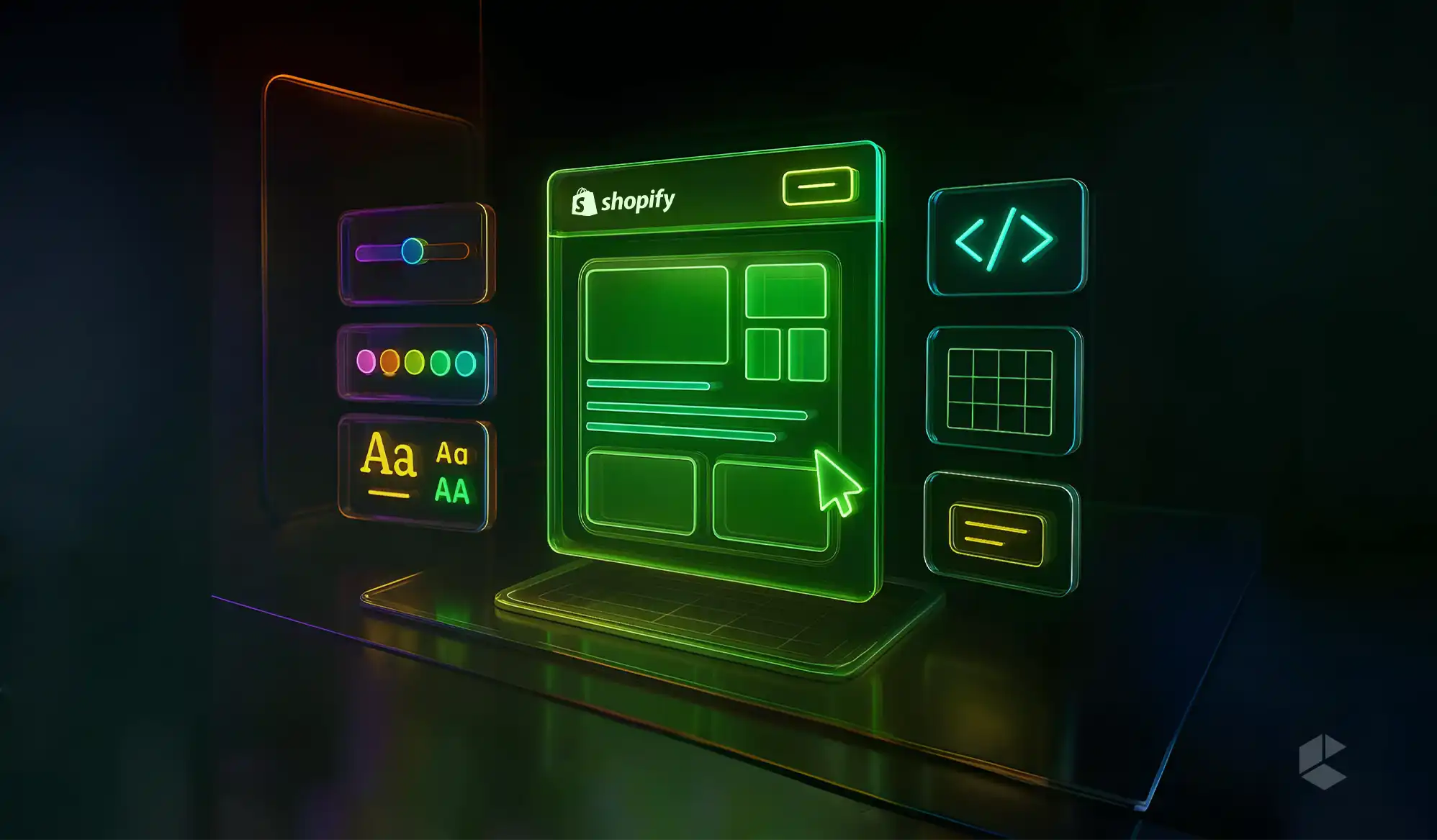November has arrived and for eCommerce business owners, it marks the most important time of the year. The biggest shopping season is almost here with Black Friday approaching.
Black Friday is more than just a day of discounts. It’s the ultimate test of how well your online store can attract and convert shoppers when the competition is at its peak. It’s that time when customers are actively searching for the best deals, and brands are pulling out all the stops to grab attention.
Last year alone, Shopify merchants recorded a massive $11.5 billion in sales during the Black Friday Cyber Monday (BFCM) weekend, with over 76 million shoppers making purchases. Thousands of merchants even hit their highest-selling day ever. This means that there’s a huge opportunity waiting for those who plan smart and act early.
However, there are challenges as well. For example, during the season ad costs shoot up, inboxes overflow with promotional emails, which leads shoppers to hold back their spending until the big deals drop. That’s why having a well thought out Black Friday strategy matters more than ever.
In this blog let’s discuss 20 practical ideas and strategies you can use to stand out this season.
1. Start Early and Build Momentum
The best Black Friday strategy doesn’t start on Black Friday. It begins weeks, sometimes months, in advance. Successful eCommerce brands warm up their audience early with sneak peeks, exclusive previews, and early bird sign-ups.
When shoppers already know your deals are coming, you’re not just another brand fighting for attention during the rush. Instead, you’re the one they’re waiting for. Start by building excitement through social media teasers, countdowns, and email reminders. You can even create a VIP list for early access or special bundles to make your most loyal customers feel valued.
And here’s why that matters. Studies show that returning customers, though smaller in number, drive a significant portion of revenue. In fact, repeat shoppers make up only around one-fifth of a brand’s customer base but contribute nearly half of all sales. So, giving your loyal audience a head start isn’t just about appreciation, it’s a smart revenue move.
Early preparation also gives you time to test your website performance, review inventory levels, and align your marketing channels. When the big day arrives, you’ll be ready to handle the surge without any last-minute chaos.
2. Optimize Your Store for Traffic and Speed
Black Friday brings not just more shoppers but an avalanche of online activity. A few seconds of delay can make all the difference between a sale and an abandoned cart. That’s why ensuring your store is fast and ready for high traffic should be a top priority before the holiday rush.
During last year’s BFCM weekend, Shopify processed an enormous amount of activity, handling trillions of requests and managing data at record breaking speeds. This shows just how much pressure online stores face during these peak shopping days. Your website should be ready to handle that kind of load too.
Start by checking your website’s performance metrics. Compress images, simplify navigation, and remove unnecessary scripts that slow down load times. A mobile first experience is a must since a large share of Black Friday traffic now comes from smartphones.
It’s also wise to stress test your store before the rush begins. Run performance checks, review checkout flows, and make sure your hosting can handle sudden spikes. Because when hundreds of shoppers visit your store at once, every second truly counts.
3. Create Compelling Offers That Make Sense for Your Brand
Discounts are at the heart of Black Friday, but that doesn’t mean slashing prices across everything is the smartest move. What you need to do is create offers that excite customers while keeping your profits healthy.
Research shows that most shoppers, nearly six in ten, love seeing deals on almost everything during the holiday season. But instead of trying to please everyone with blanket discounts, focus on creating thoughtful promotions that match your brand strategy.
You can spotlight bestsellers, bundle complementary products, or offer exclusive gifts with purchases. Limited time deals or tiered discounts can also create a sense of urgency without eating too much into your margins.
The goal isn’t just to sell more but to sell smart. A well designed offer not only increases short term sales but can also attract repeat buyers who come back long after the holiday rush is over.
4. Use Email Marketing to Build Anticipation and Drive Conversions
When done right, email marketing can be your strongest sales driver during Black Friday. It’s not just about sending discount codes, rather it’s also about keeping your brand top of mind long before the sale begins.
Start by warming up your subscribers early. Send teaser emails that hint at what’s coming, highlight limited offers, or invite them to join an exclusive early access list. This not only builds excitement but also helps you identify your most engaged customers.
As the big day approaches, ramp up communication with personalized reminders, abandoned cart nudges, and time-sensitive subject lines. A clear call to action and simple design can make a huge difference when inboxes are overflowing with promotional messages.
Remember, timing is everything. Send your first wave of emails a few weeks ahead to create curiosity, then follow up consistently until Cyber Monday. Keep your tone friendly and helpful rather than pushy. Afterall, people are more likely to respond to a brand that feels human, not desperate for a sale.
5. Personalize the Shopping Experience
In a sea of Black Friday deals, personalization is what helps your brand stand out. Shoppers are bombarded with offers everywhere they look, but what catches their attention are the ones that feel made just for them.
Use customer data wisely to recommend products based on past purchases or browsing behavior. Personalized product suggestions, targeted pop-ups, or dynamic homepage banners can make the experience feel more relevant and engaging.
Even small touches, like addressing customers by name in emails or showing “picked just for you” collections, can create a stronger emotional connection. When customers feel seen and understood, they’re more likely to convert and even return after the sale season ends.
AI-driven tools can also help automate personalization at scale. This ensures that each visitor gets a tailored experience without extra manual effort. The more relevant you make the shopping journey, the better your chances of turning browsers into buyers.
6. Strengthen Your Social Media Presence
Social media plays a big role in shaping how customers discover and engage with brands during Black Friday. It’s often the first place people go to check out deals, compare offers, and share what excites them. That makes it an important space to plan for early.
Start by preparing your content in advance. Share product highlights, sneak peeks, and short videos that create curiosity about your upcoming offers. When people see your posts consistently, they are more likely to remember your brand when the sale begins.
Interaction also matters. Respond to comments, answer questions, and share content from your customers. This builds a sense of trust and makes your brand feel approachable.
If you collaborate with influencers or other brands, make sure their audience aligns with yours. Honest recommendations can go a long way in bringing new shoppers to your store.
Once your sale is live, keep your social channels active. Post updates, share what’s trending, and highlight fast-selling products. Consistent communication keeps your audience engaged through the entire shopping weekend.
7. Optimize for Mobile Shoppers
More people are shopping on their phones than ever before, and this shift becomes even more noticeable during Black Friday. Last year, mobile transactions made up more than half of all sales, showing how strongly shoppers now rely on their smartphones to browse and buy.
That’s why having a mobile-friendly store is no longer optional. Make sure your website looks good and functions well on any screen size. Images should load quickly, buttons should be easy to tap, and navigation should feel simple and intuitive.
Your checkout process matters just as much. Reduce unnecessary steps, offer guest checkout, and ensure payment options work seamlessly on mobile. Even a small delay or glitch can make shoppers abandon their carts and move elsewhere.
Testing your store before the sale starts can help you avoid surprises. Heavy traffic during Black Friday can slow down websites, so run a few checks to make sure yours can handle the load. When the mobile experience is fast and effortless, customers are more likely to stay, shop, and return in the future.
8. Leverage Paid Ads Strategically
Paid ads can be a powerful way to reach new shoppers during Black Friday, but they can also get expensive if not planned carefully. As more brands compete for attention, ad costs tend to rise. That’s why having a clear strategy makes all the difference.
Start by defining your goals. Decide whether you want to focus on attracting new customers, retargeting past visitors, or promoting specific deals. Once you know your goal, you can allocate your budget where it brings the best return.
Create ad campaigns that are simple, direct, and visually appealing. Highlight your strongest offers and use clear calls to action. Test different versions of your ads ahead of time so you know what works best before the rush begins.
Don’t forget to use retargeting. Shoppers often browse several stores before making a purchase, so gentle reminders can help bring them back to your site.
Paid advertising works best when combined with organic marketing efforts like email and social media. Together, they keep your brand visible across multiple touchpoints and help you stand out in a busy season.
9. Improve Your Checkout Experience
A complicated checkout process is one of the biggest reasons shoppers abandon their carts. During Black Friday, when customers are moving quickly from one deal to another, even the smallest friction can cost you a sale.
Make sure your checkout is fast, simple, and trustworthy. Offer multiple payment options, including digital wallets like Apple Pay, Google Pay, and PayPal, since many shoppers prefer quick tap to pay methods. Keep the number of form fields to a minimum and allow guest checkout for those who don’t want to create an account.
It’s also important to be transparent about shipping and return policies before customers reach the final step. Unexpected costs or unclear delivery timelines can easily make them hesitate.
Once a purchase is complete, a clear confirmation message and follow up email can reassure customers that their order is on the way. This small detail helps build confidence and encourages repeat purchases even after the sale season ends.
10. Offer Flexible Delivery and Pickup Options
Fast and flexible delivery has become a deciding factor for many online shoppers. During Black Friday, when orders spike and expectations are high, offering convenience can set your store apart.
Give customers multiple options at checkout. Some prefer quick shipping, while others might choose in store or curbside pickup to avoid delays. Offering these choices helps reduce cart abandonment and adds a layer of flexibility that shoppers appreciate.
Make sure your delivery timelines are realistic and clearly communicated. If there are potential delays due to high order volumes, let customers know in advance. Transparency builds trust and reduces post-purchase frustration.
You can also turn delivery into a positive experience by offering order tracking and regular updates. When customers can see where their package is and when it will arrive, they’re more likely to feel confident about shopping with you again.
Conclusion
Black Friday may officially be a one day event, but for eCommerce brands, it often turns into a week filled with planning, promotions, and nonstop activity. Every detail like your website’s speed, email timing, shapes how customers experience your brand during the busiest shopping season of the year.
The key is to stay prepared, stay visible, and stay connected with your audience. When your store runs smoothly, your offers make sense, and your communication feels genuine.
Start planning early, test everything, and approach this season with a clear strategy. With the right mix of creativity and preparation, Black Friday 2025 can be the moment your brand truly stands out.
FAQs
Ideally, you should start planning at least 4-6 weeks in advance. Early preparation gives you time to test your website, create promotional materials, and warm up your audience with teasers. You want to build momentum before the rush of the holiday season begins, so your customers are excited and ready to shop as soon as the deals drop.
Run performance checks, compress images, and ensure your hosting provider can handle the surge in visitors. You should also optimize for mobile since a large portion of Black Friday shoppers use their phones. Stress-test your checkout flow and website navigation to ensure everything runs smoothly when traffic spikes.
Focus on thoughtful promotions rather than blanket discounts. Highlight your best-selling products, create product bundles, or offer exclusive gifts with purchases. Tiered discounts or limited-time deals can create a sense of urgency without drastically impacting your margins, making it a win-win for both you and your customers.
Email marketing is a powerful tool to keep your brand top of mind. Start warming up your subscribers with teaser emails early on, and ramp up the communication as Black Friday approaches. Use personalized offers, time-sensitive deals, and abandoned cart reminders to drive conversions without coming off as pushy.
Offer flexible delivery options like fast shipping, curbside pickup, or in-store collection. It’s important to be clear about delivery times and any potential delays due to high order volumes. Providing options helps prevent cart abandonment and builds trust, ensuring that your customers feel confident in choosing you over the competition.

